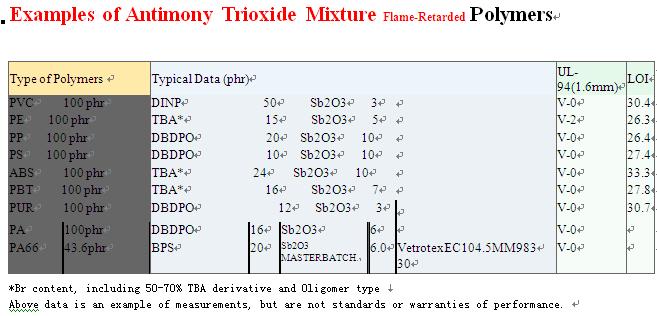retardant chemicals--RC-004B," from BCC Research, the consumption of
flame retardant chemicals worldwide was 2.9 billion pounds in 2005.
This amount will grow at an average annual growth rate of 3.5% and
reach 3.4 billion pounds in 2010. Price increases for most products,
except alumina trihydrate, would impact the average annual growth rate
of the market's sales. In 2005, sales were estimated to be
approximately $3.5 billion worldwide. This figure should reach $4.6
billion by 2010, with an average annual growth rate of 5.6%.
The greatest growth by volume will be for bromine- based,
phosphorus-based and melamine-based flame retardants, due to growth
rates in plastics and wood/paper applications. Melamine is a small
market player with slightly more than 1% share of the flame retardant
chemicals marketplace. The growth for the use of melamine is expected
to be greater than the industry as a whole, since melamine is being
used more often as a flame retardant in plastics and in coatings. In
addition, melamine should have increased presence in Europe, where
there are bans on the use of certain bromine-based flame retardant
chemicals. In such cases, it is possible to use melamine-based flame
retardant chemicals as an alternative.
The continuation of fire safety standards in the U.S. and abroad will
spur flame retardant growth. Additionally, the largest country in the
world, China, has opened its borders to Western products, providing
new opportunities for companies with the ability to do business in the
region. Environmental and health concerns over halogenated flame
retardant chemicals should also allow additional market share for
halogen replacements, especially in parts of Europe where bans on
specific halogenated chemicals exist.
Alumina trihydrate should continue to dominate the market by volume
with an estimated 42% market share. Prices for alumina trihydrate have
not gone up much in the last five years and are not expected to in the
furore. As a result, the volume growth of ATH should be similar to
that of sales growth, about 2%.








0 comment:
Post a Comment